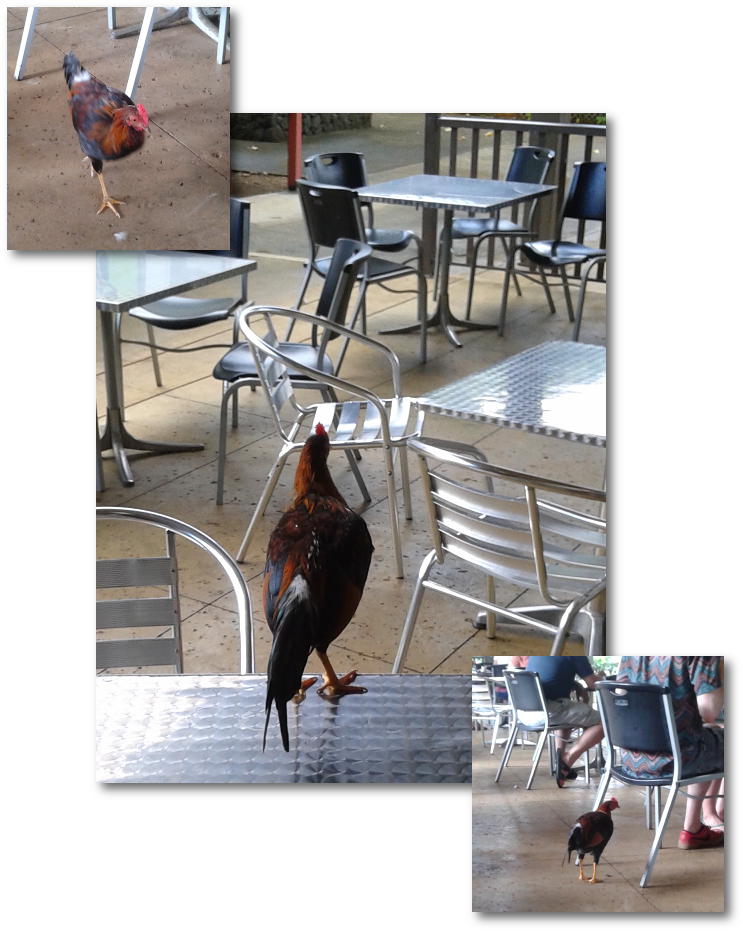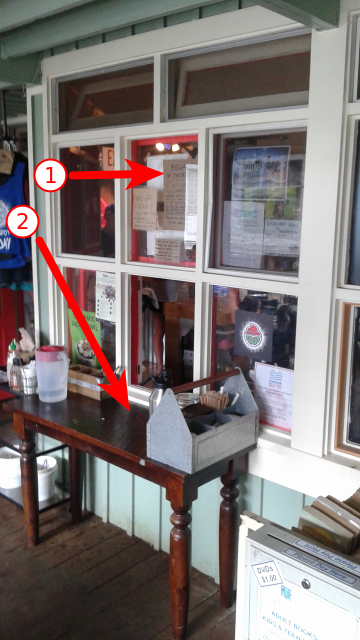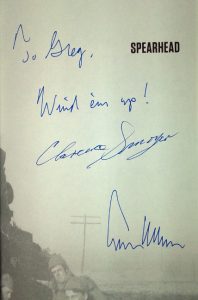Whenever you have trouble getting up in the morning, remind yourself that you’ve been made by nature for the purpose of working with others, whereas even unthinking animals share sleeping. And it’s our own natural purpose that is more fitting and more satisfying.Marcus Aurelius, Meditations, 8.12
When I was much younger I had an obsession with defining and achieving goals. I’d codified my approach into an unpublished workbook titled “The Goal Mapping Process.” There was nothing particularly unique about this process. All it really accomplished was laying out a method for breaking goals down into achievable tasks and then reassembling them in to the larger goal. It was very tactical and it worked. At least it did for me and perhaps that’s why I never published it. Working out the method within a frame of something that others might see forced a level of rigor that I might not have otherwise applied. In the end, it was just another way of getting things done.
Later in life the realization that completing goals had an element of dissatisfaction came into focus. Achieving goals, even big goals, wasn’t enough. The question of “What next?” frequently presented a blank slate. Figuring out how to achieve the goal kept me busy, but there was rarely any thought about what was after the goal. Or more importantly, what the underlying purpose of the goal was in the first place. What I learned was that a goal in and of itself, while often necessary, wasn’t as important to my overall satisfaction with life than the purpose or mission behind the goal. Goals are destinations. Mission and purpose are journeys.
This realization is perhaps twenty five or more years old. It turns out, defining goals and breaking them down into their tactical pieces is relatively easy. Defining an underlying purpose that makes identifying the associated goals is harder. After twenty five years I believe I have worked out a purpose and mission that has been fairly stable for the past five years.
My mission and purpose was influenced by the story of a woman named Janet. She died in 2005 at the age of 51. For ten years preceding her death she had been fighting breast cancer. For most of that time, her diagnosis was “terminal.” The battle statistics are staggering: 55 chemotherapy treatments, many of them high dose; 33 radiation treatments; 4 major surgeries; and uncounted doctor’s appointments. This and so much more is what it took to stretch a two year survival prognosis into ten.
I know Janet’s story because I was with her for every one of her chemotherapy treatments, the recovery after, and for each of her surgeries.
I know Janet’s story because she died in my arms.
I know Janet’s story because she was my wife.
I taught her how to search for and read research articles using Usenet and the nascent World Wide Web. While I was working two jobs Janet was searching these and many other resources for anything that might suggest viable treatment options. This effort is worthy of it’s own post, but does not factor so prominently in my purpose and mission. What does is something we experienced during this process of research.
Due to our heightened interest, news stories that claimed to have some angle on a “cure for cancer” caught our attention. Whenever we heard such news bites, we’d eagerly take note and then work to chase down the details. Invariably, they would end in disappointment. The news had hyper-inflated the claims of the researchers, often to the chagrin of the researchers themselves. We learned to tune out these news stories (eventually, the news altogether.)
I can recall many times during Janet’s cancer battle when I thought of these researchers. Indeed, of all the people working to solve the cancer conundrum. While Janet slept, I’d watch the milliliters slowly drip from the IV bag during the hours it would take for her chemotherapy treatments to run their course. I’d imagine dedicated individuals working long hours to solve chemical problem or design devices that would eventually replace the barbaric “suicide/salvage” strategy of contemporary chemotherapy. These were often moments of despair and feelings of extreme isolation. We were on the dark side of the moon, hoping for signals that would show the way across the cancer cure threshold and bring us home.
In the end, they never came and Janet lost the battle.
I haven’t stopped thinking about the people who work to find a cure. Fifteen years later I find myself on the sunny side of Earth and in a position to help those working to solve the cancer conundrum. And I have to say, it isn’t how I imagined it would be.
There are certainly those who work long hours with a dedication that is both inspiring and humbling. But for the most part, there are people doing what people do – complaining, fighting for turf, lashing out over imagined offenses, scratching for more pay, finding ways to game the system, sinking to the lowest expected level of effort, defensive and afraid to correct bad behavior, perpetuating bad habits, blissfully unaware of cognitive biases that adversely affect their work, unaware yet aggressively protective their own limitations. It’s a lengthy list.
It is, as they say, a target rich environment for applying Agile principles and practices. The room for improvement pretty much matches the amount of space between here and the dark side of the moon.
One of the primary motivation devices in this environment are the success stories. And as well it should be. They are VERY moving and it’s impossible for me to see and hear the success stories of someone making it across the cancer cure threshold and not shed tears. For myself, there are also many untold stories which are similarly motivating and bring me to tears. These are the stories of those who did not make it across the cancer cure threshold but fought, like Janet, with everything they had while hoping a cure would be found before they lost the battle. The stories of the people who were fortunate to have been cured are examples of what we are trying to achieve. The stories of people who were not so fortunate are examples of why we need to find the most effective way possible for working together.
This is my purpose and my mission: Build teams that are communicating clearly and effectively, teams that understand both the value and limitations of diversity and inclusion, teams that are capable of uniting on well-reasoned goals, teams composed of compassionate individuals who are tirelessly seeking to understand themselves within the wider context and the longer view. Today, Agile principles and practices offer the greatest promise for fulfilling this purpose and achieving this mission. When something more effective emerges, I shall adapt accordingly.
Here’s to moving into 2020 with mind and eyes wide open.



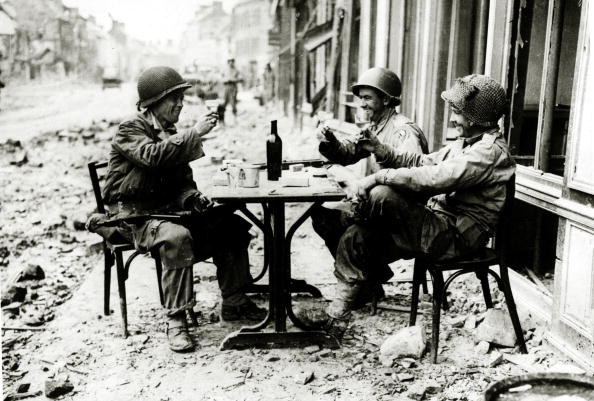











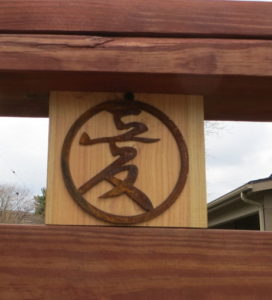
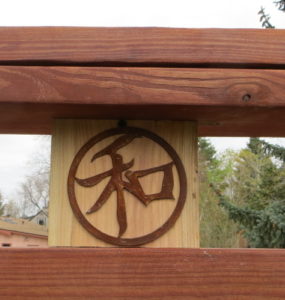


 I’ve coached and served as scrum master for dozens of remote teams over the years. In light of current events, I’ve posted a collation of the notes I have for helping distributed teams working effectively.
I’ve coached and served as scrum master for dozens of remote teams over the years. In light of current events, I’ve posted a collation of the notes I have for helping distributed teams working effectively.